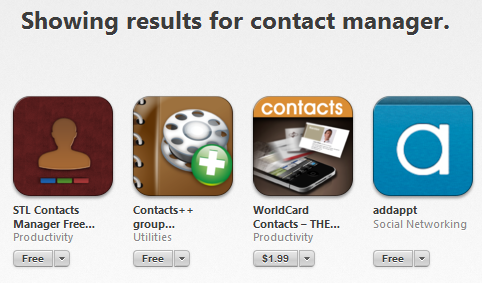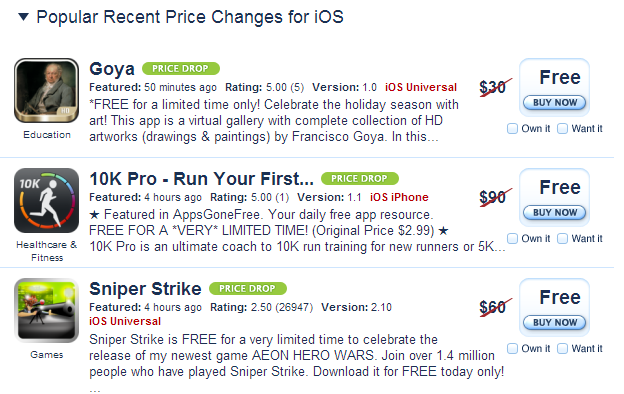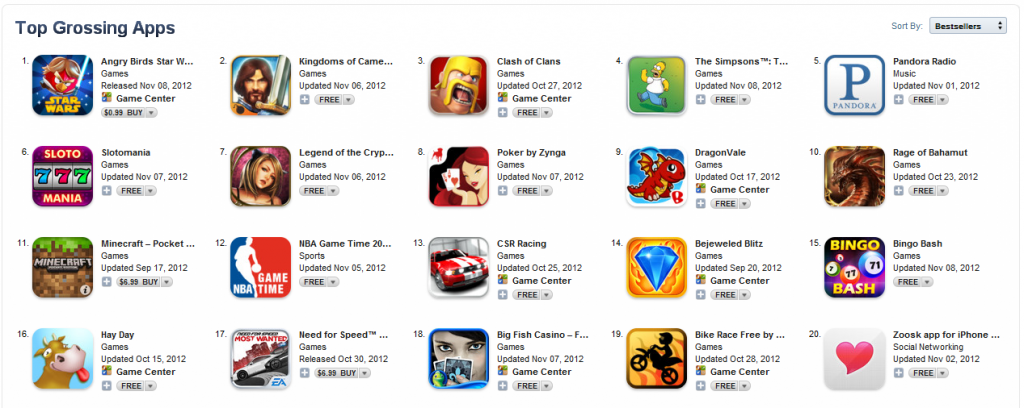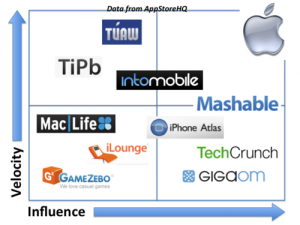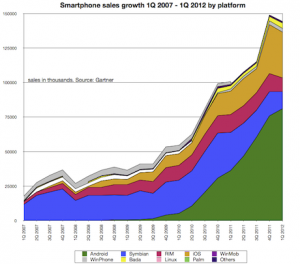So, you want to be an app developer?
People approach me all the time with ideas for the next great iPhone app. Everyone knows how popular mobile app development is these days, so it’s natural to want to get a little piece of the action for yourself. We keep hearing stories of indie developers making big money with apps. If he can do it, why can’t you?
My recommendation is to get your feet wet first, before you try to swim in the deep end.
- Start with a simple app, that won’t cost an arm and a leg to develop. See what you think of the process.
- Did you enjoy it? Made any money from it? If so, then reinvest into a more complicated app that could potentially make you even more.
- Learn from your mistakes.
- Rinse and repeat this cycle.
- Profit!!
So how do you get started?
Well first, you’ll need an idea for that first app. One that can make you a few bucks that can be reinvested into future projects.
I’ve created a 13 page PDF guide that details the steps involved to come up with that first idea. Here are the topics covered:
- The Mobile App Economy
- Choose a platform
- Coming up with an idea.
- Researching App Stores for Competing Apps.
- Pricing Models.
- Finalizing Your Mobile App Idea.
- Choosing your Final App Idea
Sign up on the right sidebar to receive a FREE copy of this eBook, along with other tips, tricks and resources to help you make your iPhone apps.
Good luck in your journey!


